Yvonne McKenzie, based on Australia’s own Christmas Island, shares her underwater world with Diveplanit.
Q1: Tell us why/how you got into photography in the first place.
Ever since I was a young teenager, I always loved taking photos and never went anywhere without a camera. Even today, I still remember my first “camera”: a flat rectangle shape, yellow and black in colour, made of plastic where the flash and 35mm film took up most of the space and left very little room for a “lens”. It was a present with the opening of a bank account. This is how it all started…
Ever since, I love taking photos and never go anywhere without a camera. I should have one strapped to my forehead really!
Another passion and hobby has been swimming…from 3 years old, my parents were struggling to keep me away from water. This turned into a passion for diving at 20 years of age: free diving as well as SCUBA diving. I also take the chance to go for a snorkel each time the opportunity presents itself. When under water I am never ready to come up; I should’ve been born with gills.
Coming from The Netherlands originally, underwater photography wasn’t on my mind while surrounded by cold, dark and mostly murky waters. It wasn’t until I travelled around Australia and arrived in Exmouth to snorkel with whale sharks and dive the Navy Pier that I took photos under water for the first time with one of those Kodak disposable under water cameras. The results weren’t very satisfying, but hey, it was a start!
I only started taking land photography more seriously in October 2013 and underwater photography since April 2014 so just over a year ago.
A busy mother of two energetic young boys, a wife and working part-time, doesn’t leave much room for hobbies. I try to reserve two half-day sessions a week to go out and take photos, be it diving or venturing into the jungle. Besides spending time with my family, these sessions are a highlight of my week.
I still see myself as an amateur photographer with a huge love for being outdoors and a passion for nature and wildlife, above and under water. It’s taken me five years to turn this long-time hobby into a serious passion: something for myself that I love and enjoy doing.
I’m so glad I found my calling…
Q2: What is your favourite subject matter? What attracts you to it?
Hmm, that’s a tricky question as I can hardly ever choose a favourite when it comes to marine life. My love for animals and animal behaviour (like feeding, courting, nesting, fighting, protecting etc.) is a huge drive for my photography. I can sit and watch any creature for hours. Unfortunately when diving, this can be a little bit hard…if only I would receive those gills I ordered.
Initially, my favourite subjects were the big ocean creatures, especially turtles, dolphins, manta rays and whale sharks. They look cute, move gracefully, are gentle and are amazing to watch!
Who doesn’t like a cute turtle to swim past or sleep amongst the corals, a graceful manta ray dance through the ocean, playful dolphins leap out of the water or a beautiful whale shark cruise right under them? I sure do!
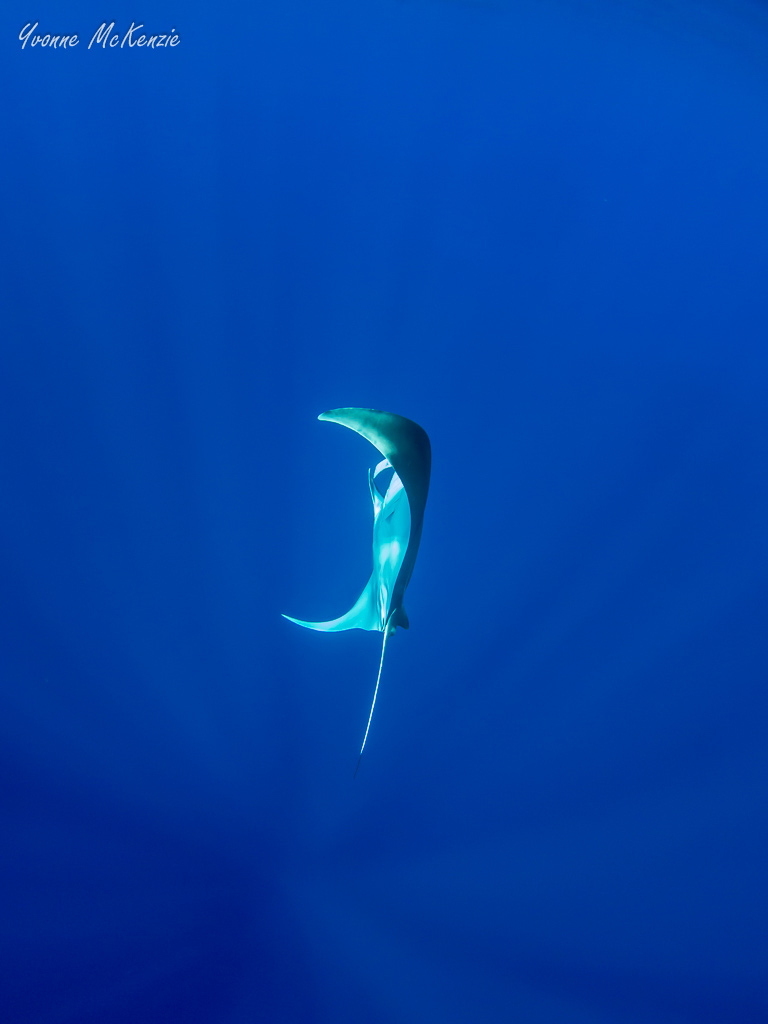
The fact that my home is a tropical paradise – Christmas Island, Australia – helps a lot too as all these creatures come and visit our beautiful island regularly!
However, after a dive holiday in Sipadan and Mabul, Malaysia (late 2014) and a recent photography tour in Anilao, The Philippines (April 2015) with two of the most amazing teachers and mentors Alex Tyrrell (Dive4Photos) and Mike Bartick (Saltwaterphoto), my love for the small marine critters has grown drastically. Thanks to an amazing boat crew and dive guide I managed to see so many amazing and intriguing creatures.
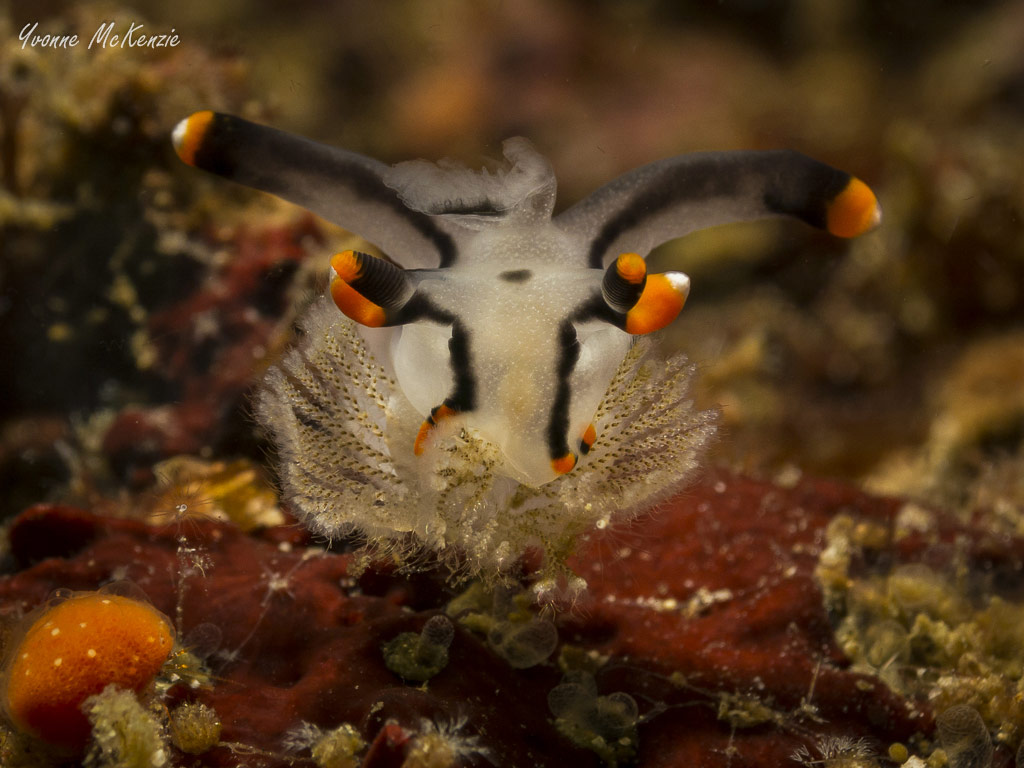
My favourites in the small(er) creatures: pygmy seahorse, flamboyant cuttlefish, bobtail squid, any baby critters and all nudibranchs of course, but most of all frogfish, frogfish and frogfish!
Most people call frogfish ugly, but I think they are just gorgeous and very, very cute.
Q3: What equipment do you use now, and why does it suit your purpose so well?
I have been a Canon lover for over 10 years now. On land I went from a Canon PowerShot G5 to a G9 before I took the step to my current land camera: the DSLR Canon EOS 5D Mk II. However, I am too much of a chicken to take that one underwater.
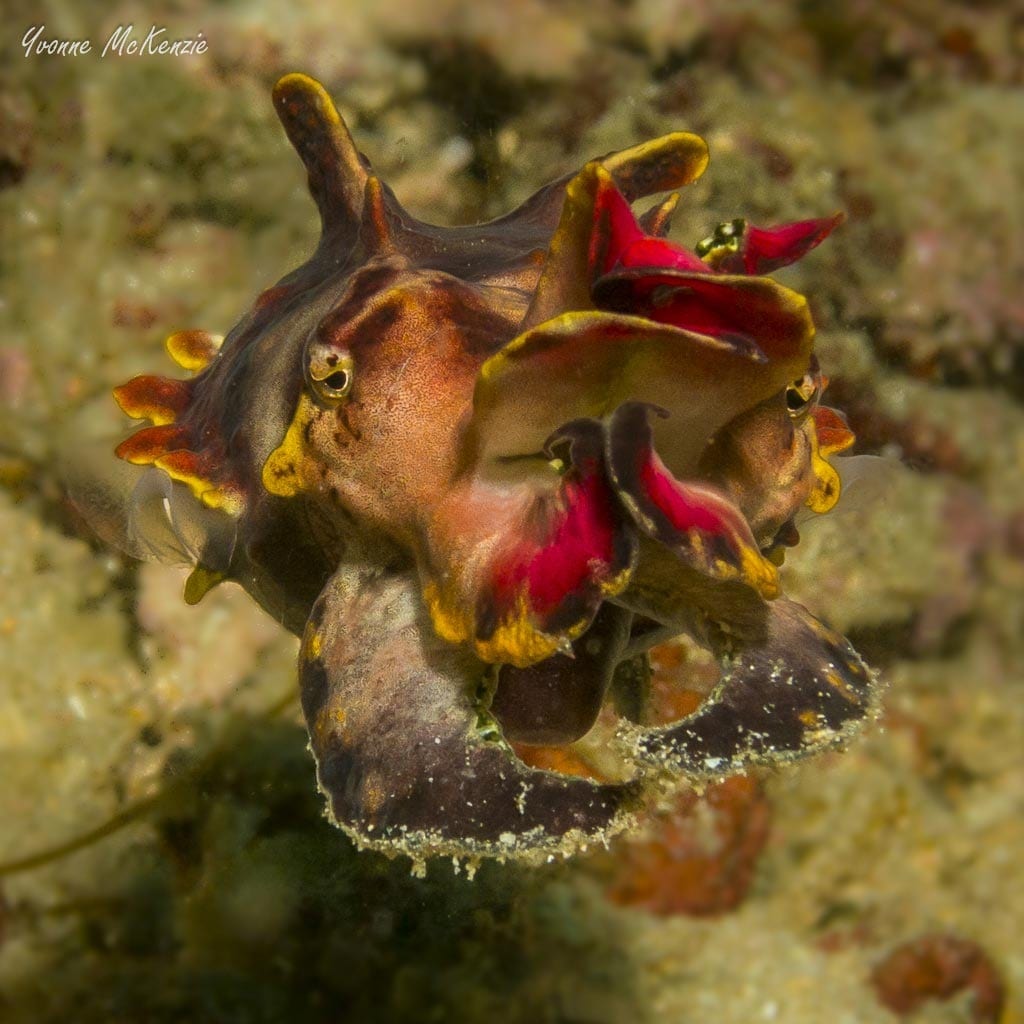
Up until a year ago I used the G9 in the Canon underwater housing without any strobes. I still remember vividly the day this all changed: it was the 1st of February 2014! I went for a big hike on Christmas Island with friends to watch the baby red crabs emerge from the ocean. We went for a snorkel and when we hit the drop off we were surrounded by big yellowfin tuna, two manta rays and four whale sharks. I didn’t know where to point my camera. When I tried to fit in a whale shark that was within reach, I had to swim backwards to fit him in my frame, arrrrgggghhh!!! The rule of “get closer” went straight out of the window.
This is the moment where I knew it was time to upgrade to my current set-up. I bought a Canon PowerShot S100 with a FIX housing, one Inon Z240 strobe and two wet lenses: one for macro (Inon UCL-165) and one for ultra wide angle (Fix Wide Angle Conversion Lens UWL-28M52). Nothing was going to make me swim backwards again.
It was a huge learning curve to learn to shoot with a strobe. I am still learning every time I go under.
For my last trip to the Philippines I also purchased the new Nauticam Compact Macro Converter CMC-1. I’ve fallen in love with that lens! The only thing I haven’t tried yet is to stack the CMC-1 and the Inon UCL-165…
Why didn’t I go DSLR underwater straight away?
Firstly, the budget didn’t allow me to. It’s a huge investment to have and maintain a land set-up and an underwater set-up with several lenses. Yep, I could just have one set-up for both, but I am worried that if something goes wrong underwater I end up with nothing above and under water. Living remote means the camera shops are over 2500kms away and the mail takes a while to replace what I treasure so much.
Secondly, the size of the big DSLR underwater scared me. I love my little compact and light set-up; it’s great and very mobile. Also, when travelling, I currently don’t need much extra baggage allowance and maintenance of my current set-up is minimal and simple.
Thirdly, I believed that I needed to start at the bottom and work my way up the ladder. I have learnt so much over the past year with this set-up and am now starting to feel more and more confident and experimenting with all the different options and abilities. I am nowhere near where I want to be, but I am on the way… I quite like to have certain limitations due to the compact set-up and the one strobe instead of two; it makes me push my limits and try to be more inventive. Yep, and at times it also leads to frustration.
There will be a day, very soon, that I am ready to upgrade.
The question is: do I go DSLR or Mirrorless?
Q4: Are you willing to give away one secret, or one top tip?
No secrets here! During my underwater photography journey I have learnt so much from other people around me, articles on the web and books from the experts. Lots of reading, view other people’s work and then going under to try things myself is my way of learning.
I am happy to share the following in the hope it might help someone else along the way…
Some of the most important things in underwater photography are lighting, composition and backscatter control.
- Use natural light where possible as it can create a beautiful picture.
- There is no right or wrong with composition as I believe it’s an art, not a science. However, it’s important to take some time to think about how the subject would look best in the frame and within its environment. This can dramatically increase the impact of the image.
- Give fish and marine creatures room to swim or move in your photo composition. Don’t put their nose at the edge of the photo. However, don’t be scared to fill the frame either…
- Beware of the background: create contrast between foreground and background. This is not always easy, but very important. Failing to do so can lead to distraction from the main subject by the “ugly” background.
- If you think you’re close to your subject…get closer!
- While on the hunt for photos I always look for lines, shapes and colours.
- Learn about the behaviour of different creatures as this will assist you in understanding your subjects, leading to better photographs and a higher probability of capturing images of marine life behaviour.
- Play with your strobe angles and strobe settings: practice, practice, practice. Especially when there is a lot of backscatter, this is a very important skill as backscatter ruins every photo! For me, this is still one of the hardest skills to master.
None of the above are rules, they are just guidelines to keep in the back of your head.
Most important: use your imagination! I believe that fantastic images are products of creativity. Think outside the box and try to find that photograph that stands out, is different and will captivate the viewer.
Never forget to have fun and enjoy the moment.
Lastly, please don’t touch, tease or hurt the marine creatures just to get a good photo. Yep, believe me, I have seen it, it truly does happen and I find it appalling. We all love to get a good photo, but it’s important to stay true to nature and respect our beautiful surroundings…
Q5: What do you consider your best ever shot? Tell us how you got that one.
Photography is a dynamic hobby and passion. I like my images to be unique or different. I am quite a perfectionist and I believe there is always room for improvement and you never stop learning…
I have a few photos that I really like, not because they are my best ever shot, but because I manage to capture a very special moment or creature at the time…
In this case I have chosen the pygmy seahorse photo as my current favourite. It was a tricky dive, tricky shot to get and a very special moment and euphoric memory for me.
We were crawling through a very strong current. Our dive guide was looking very hard for this special marine creature. It was on top of my wish list and our second last day on the trip. He was so keen to make us happy and find it for us. After 10 minutes, he called off the search and we turned around to go with the current.
All of a sudden I saw our guide change direction so I followed him. He looked back at me with a great grin on his face. Two very shy pygmy seahorses, the size of a thumbnail, were swaying in the current while clinging on to their gorgonian coral.
I know most people try to shine a light on their back so they will face the camera, but I wanted to capture its shyness deliberately.
I took this photo with the CMC-1…I probably should have stacked the two macro lenses as the subject is so small. I’ll just have to go on another trip to try again …
To see more of Yvonne’s wondrous images, check out her Facebook page: www.facebook.com/wondrousworldimages, or follow her on Instagram: @wondrousworldimages or #wondrousworldimages, or Twitter: @yvonnemck75

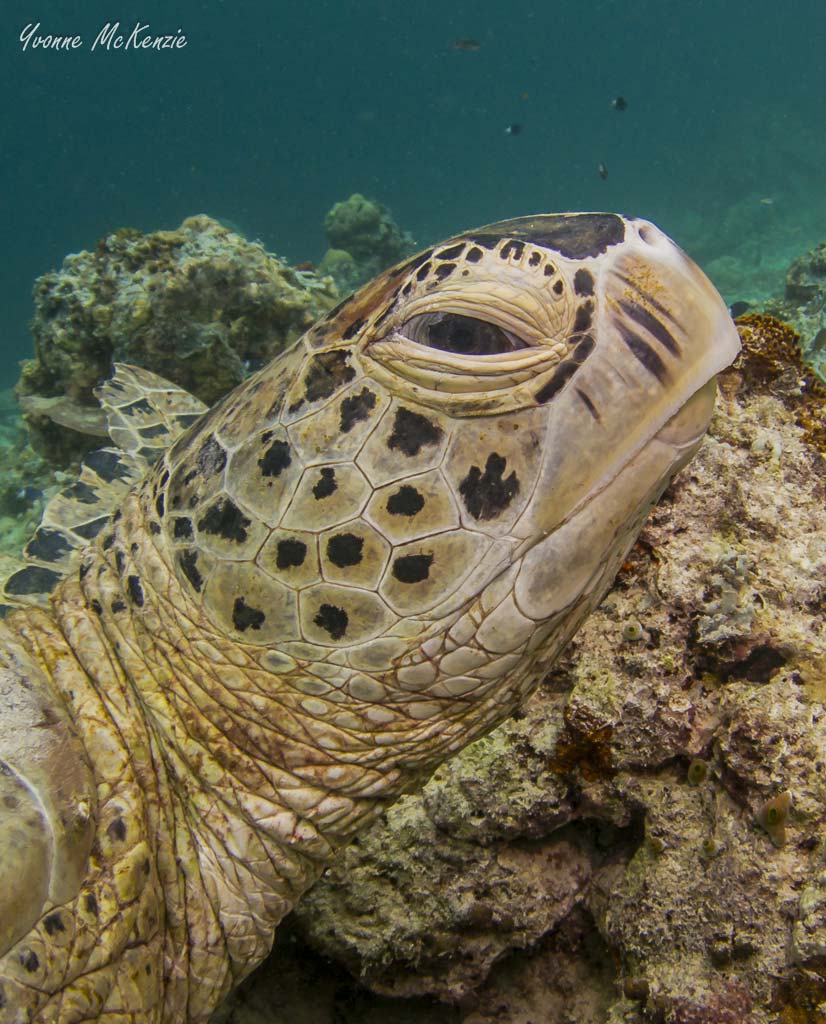
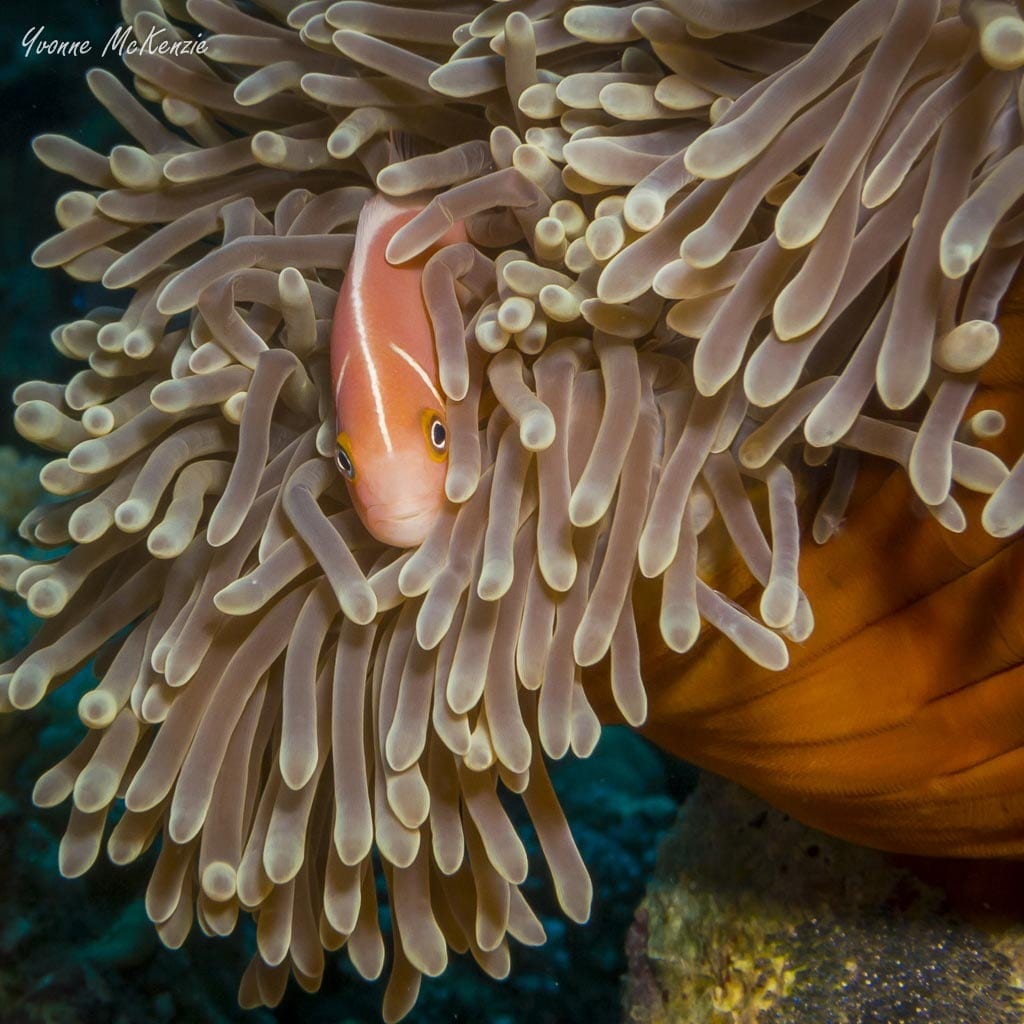
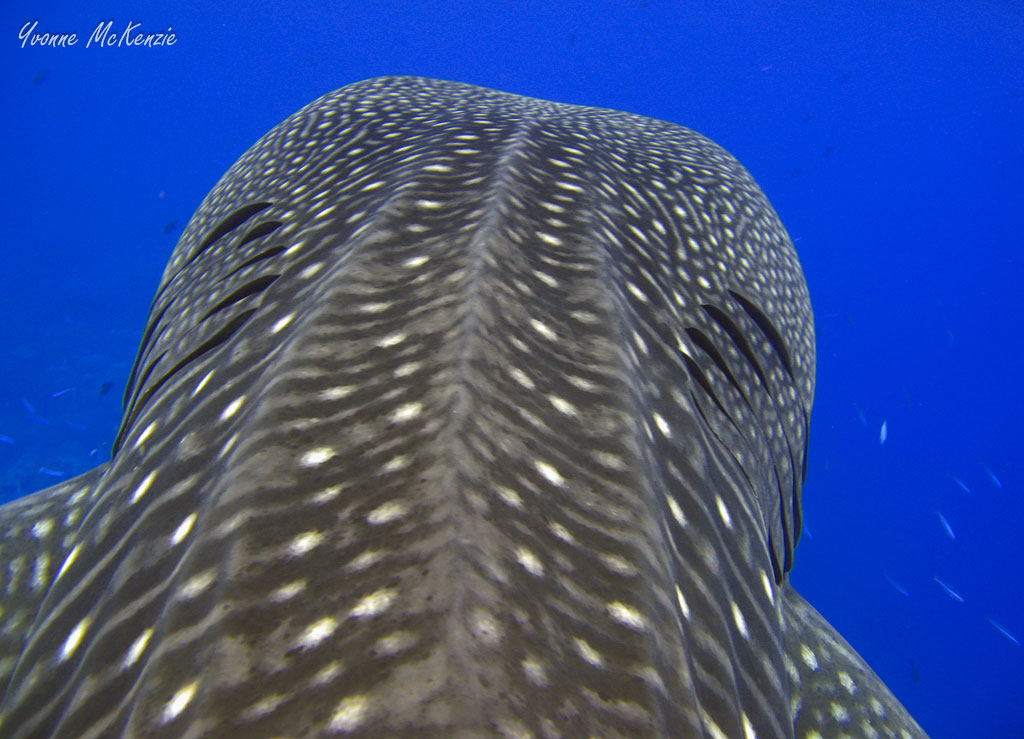
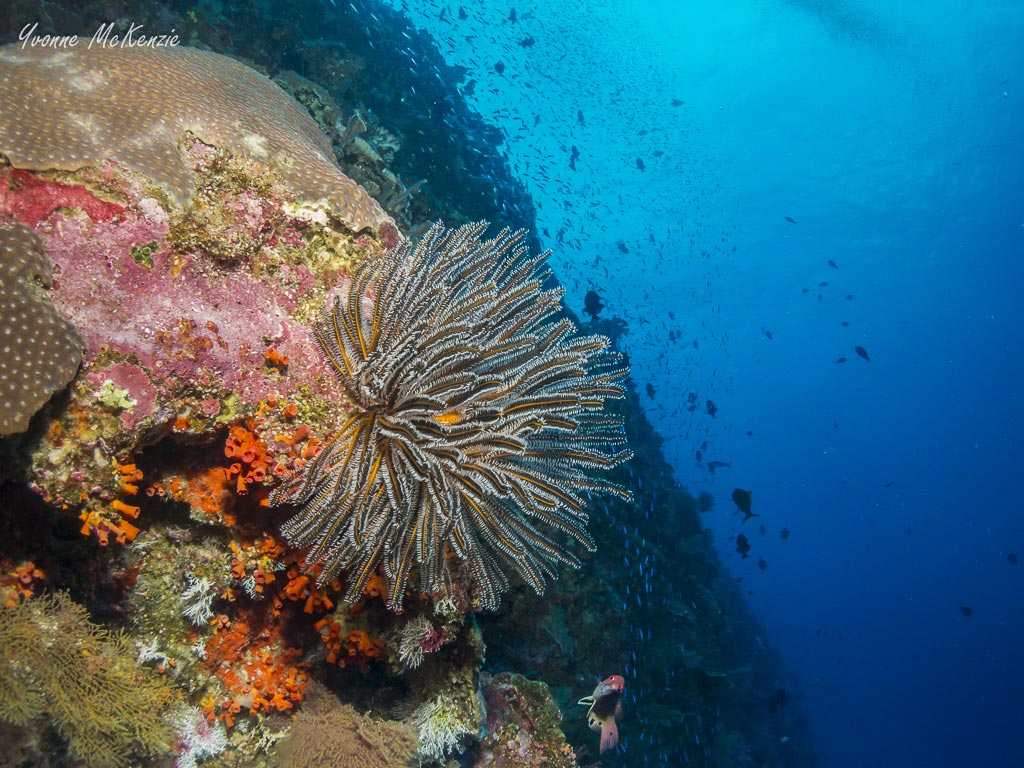
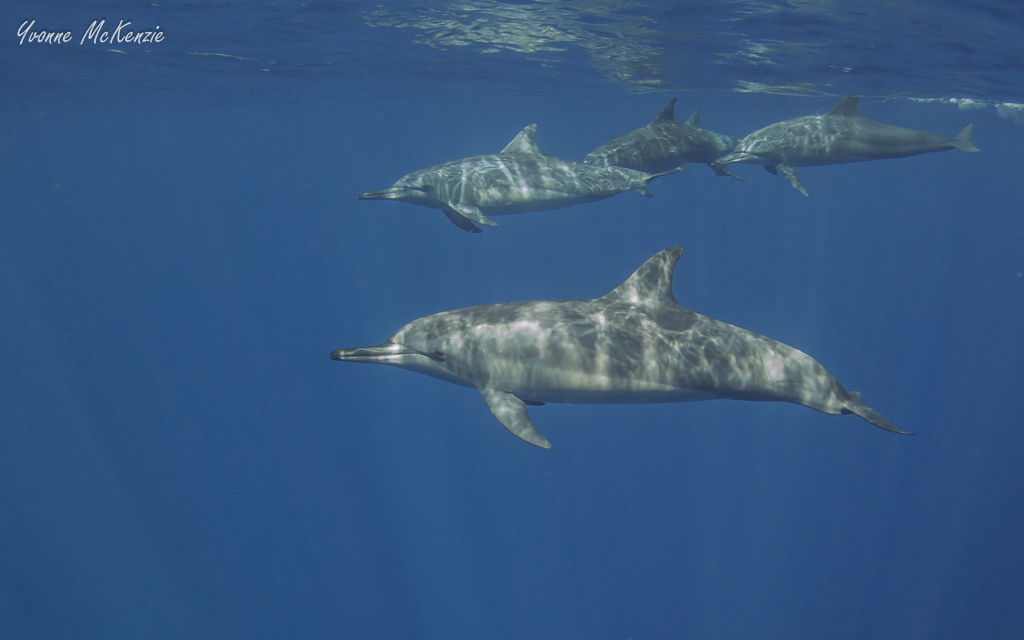
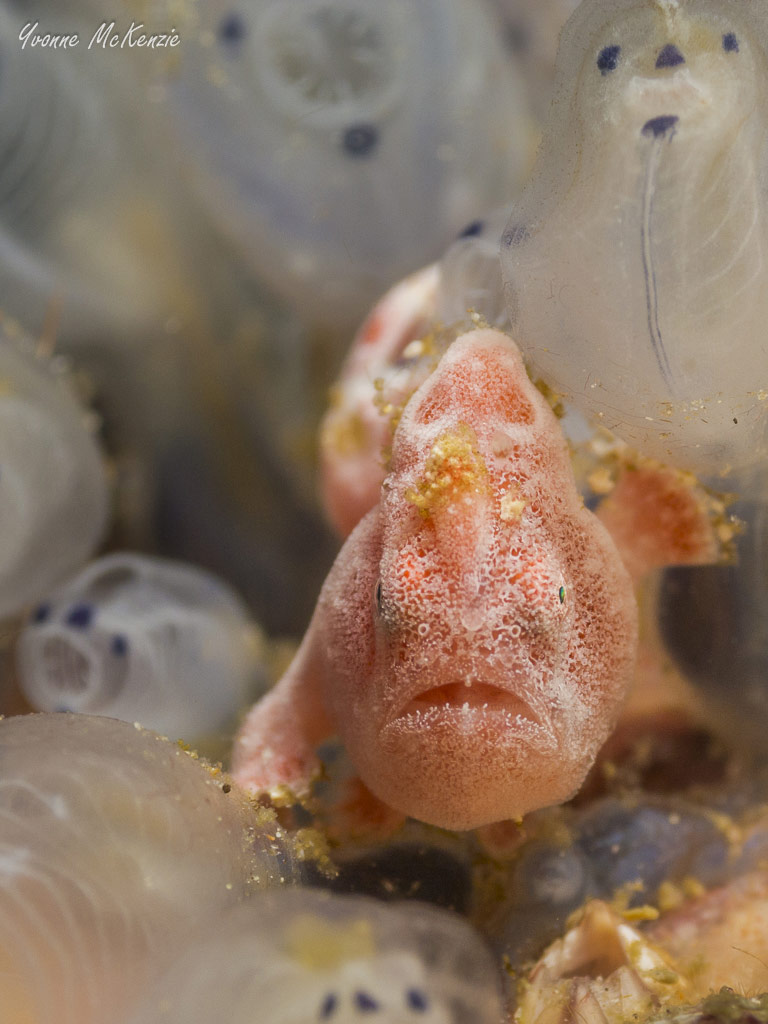
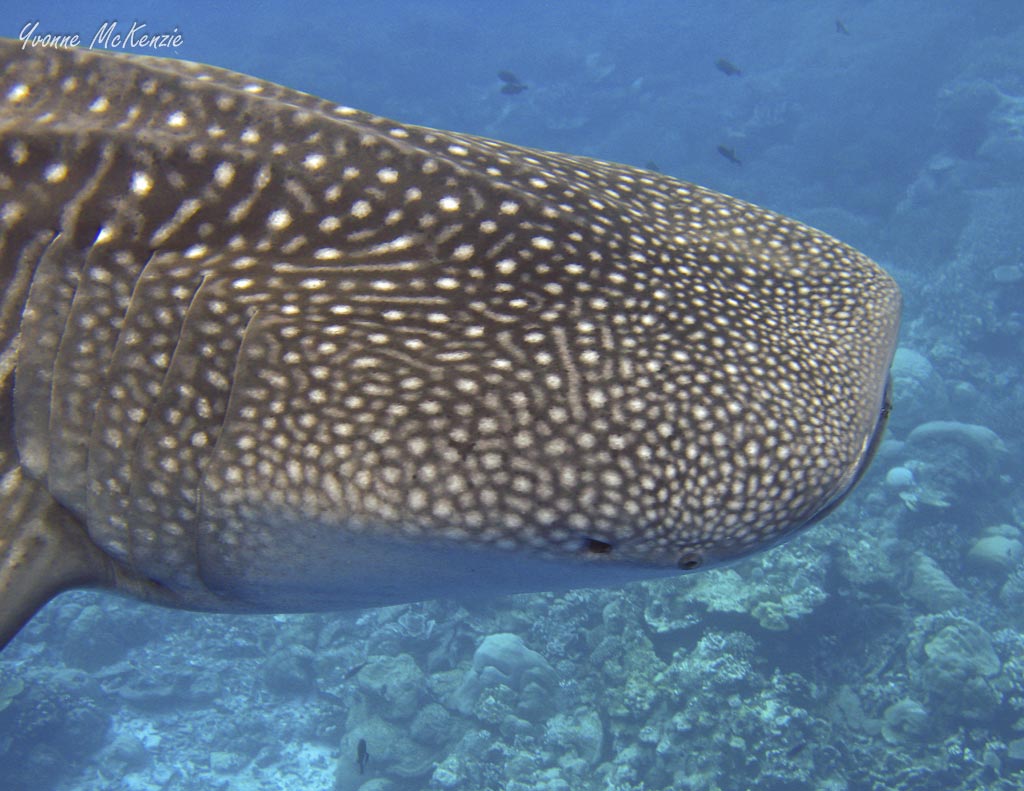
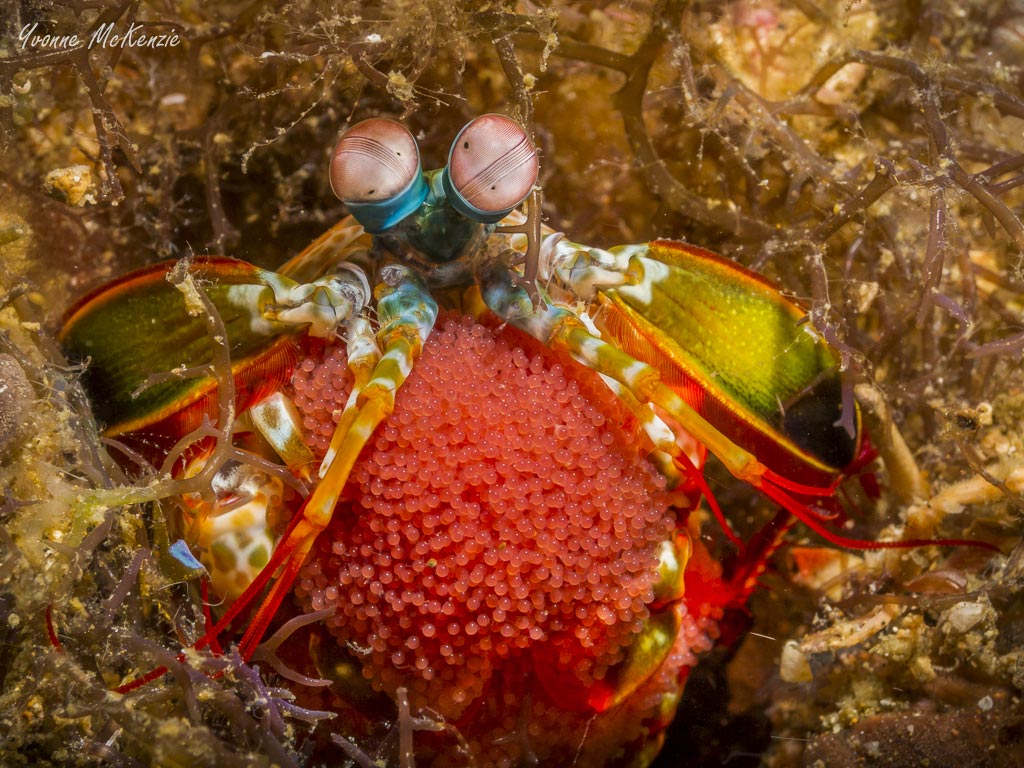

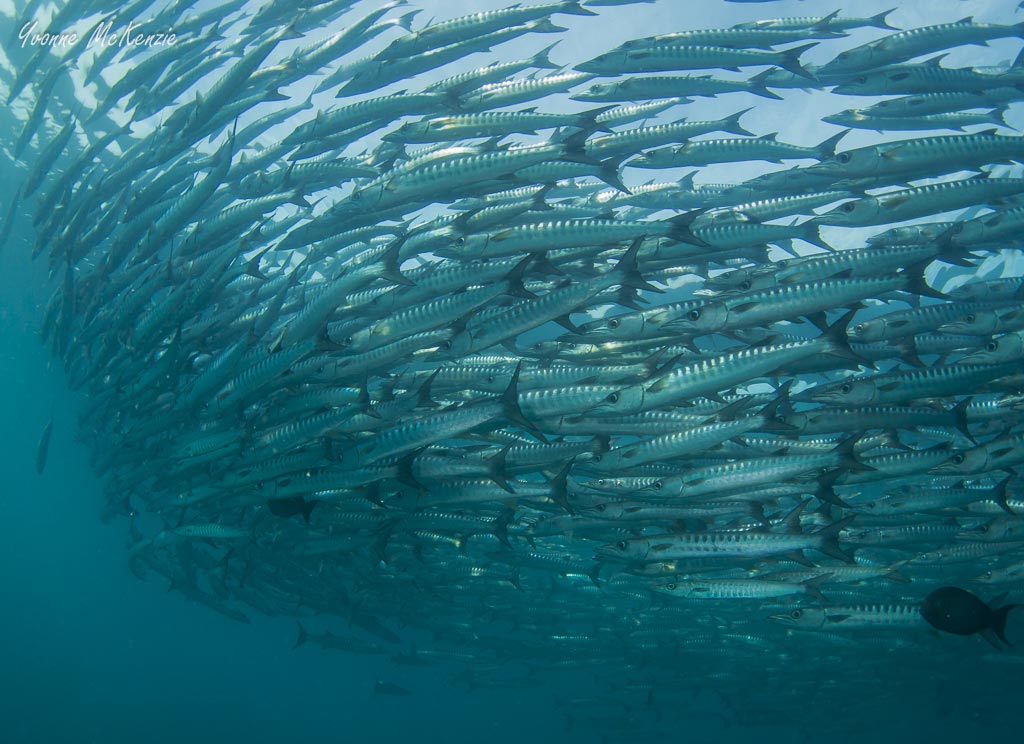
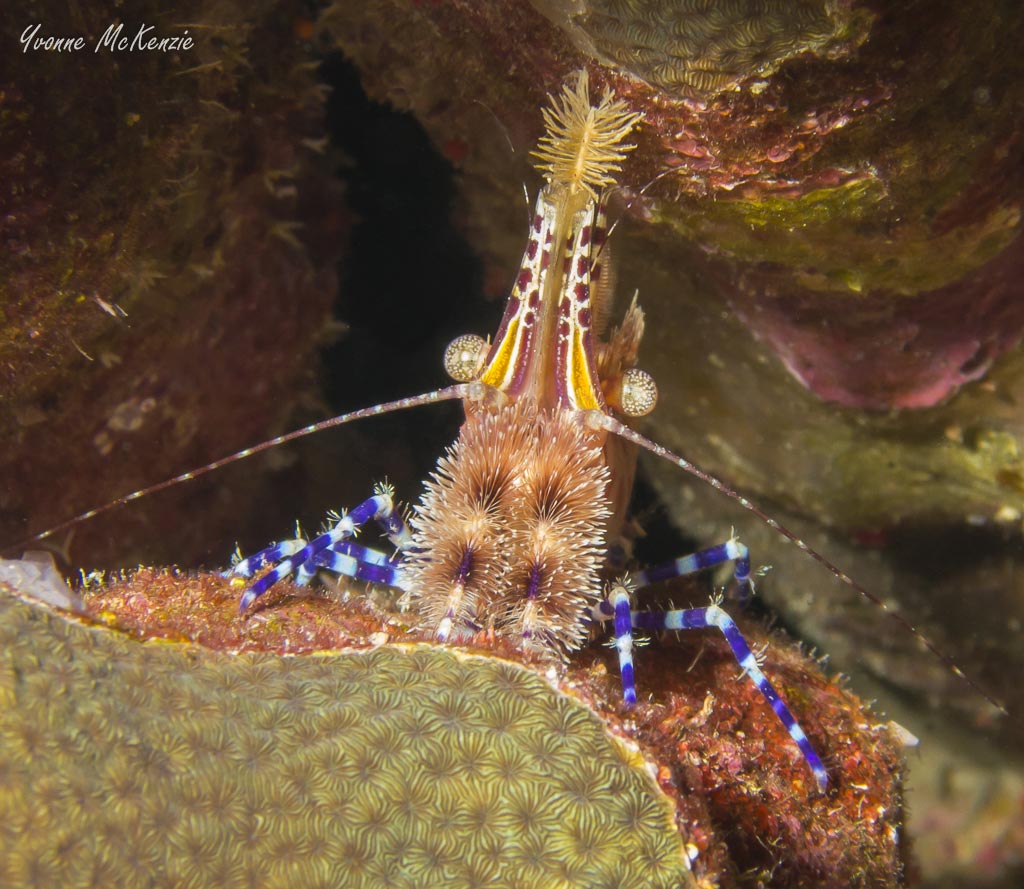
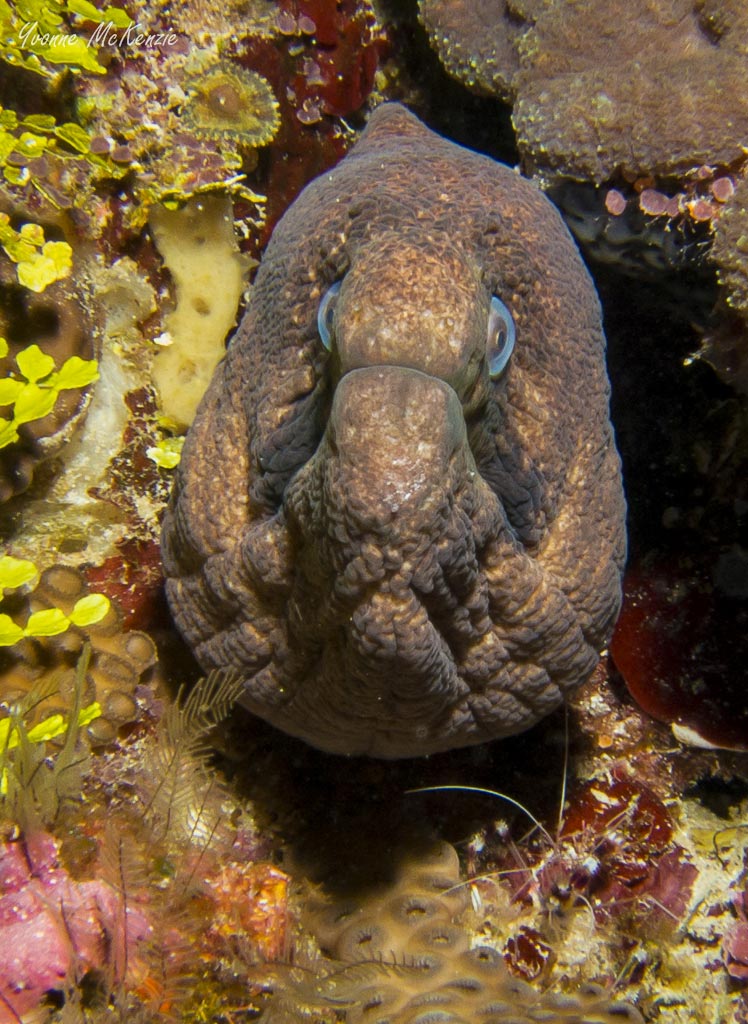
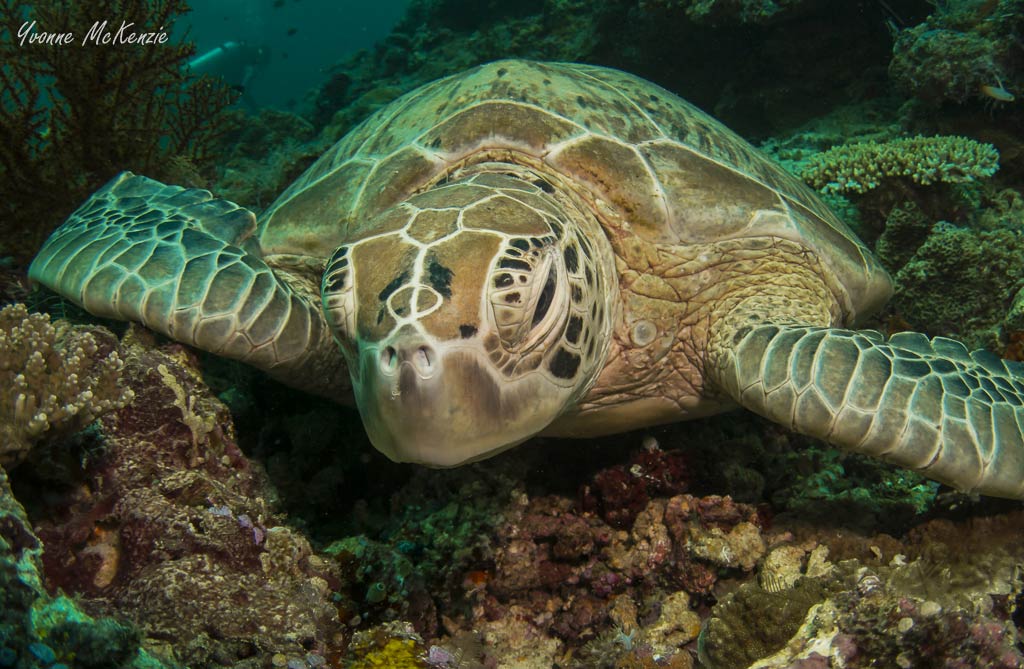
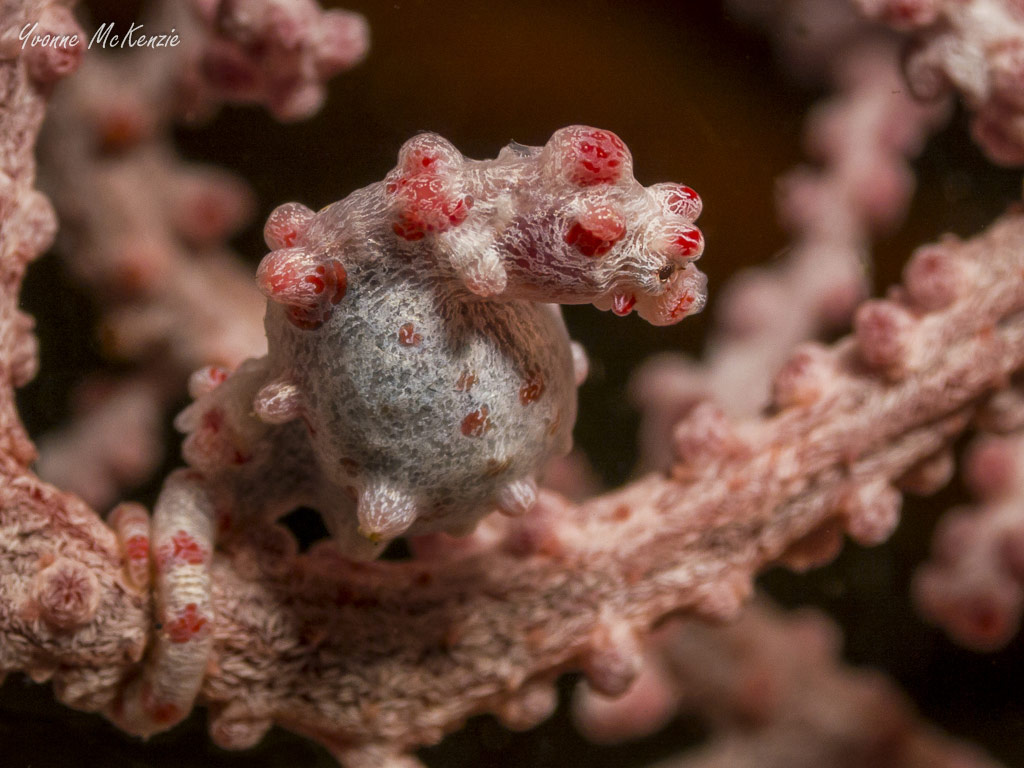
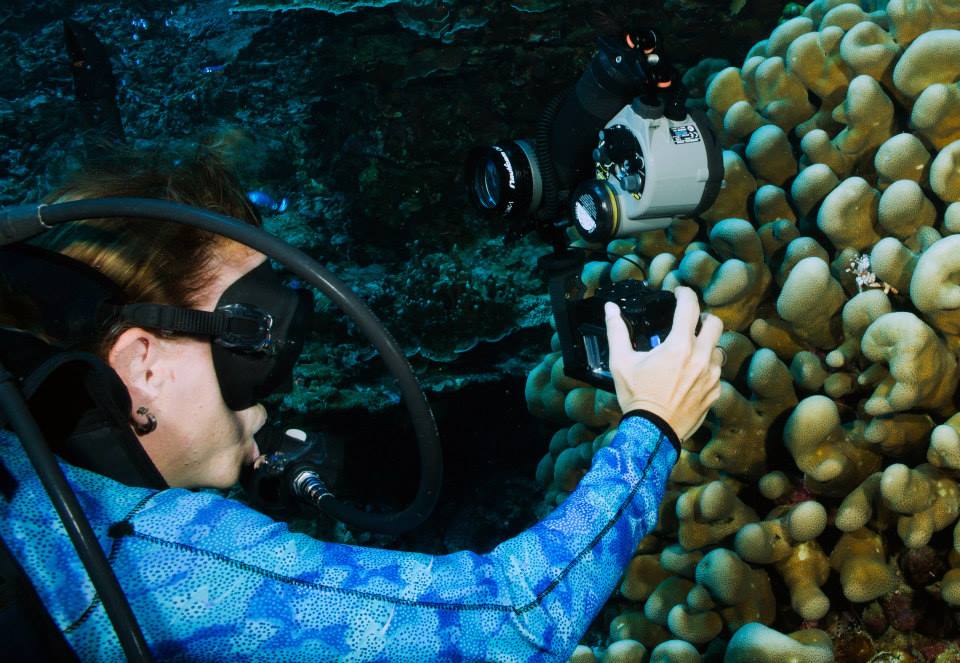



Prachtig Yvonne
Dankjewel lieve mama 🙂 <3